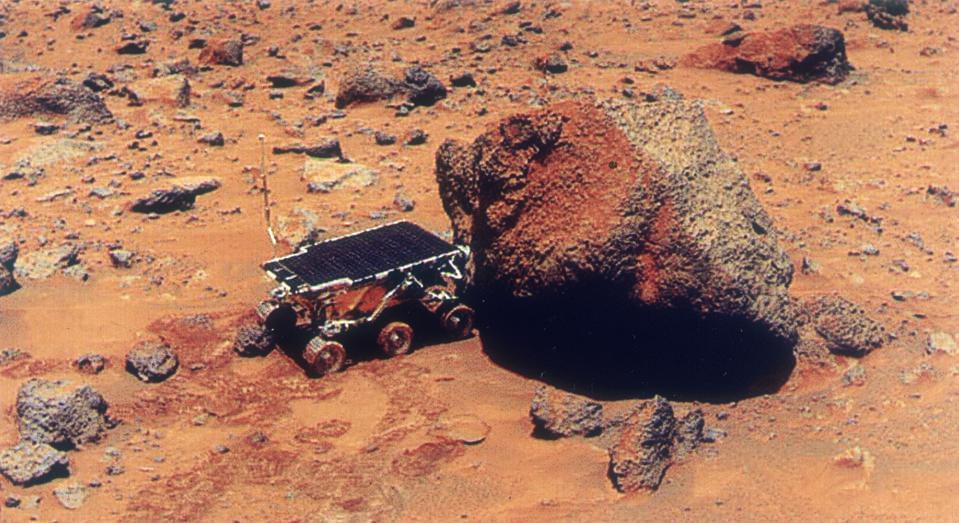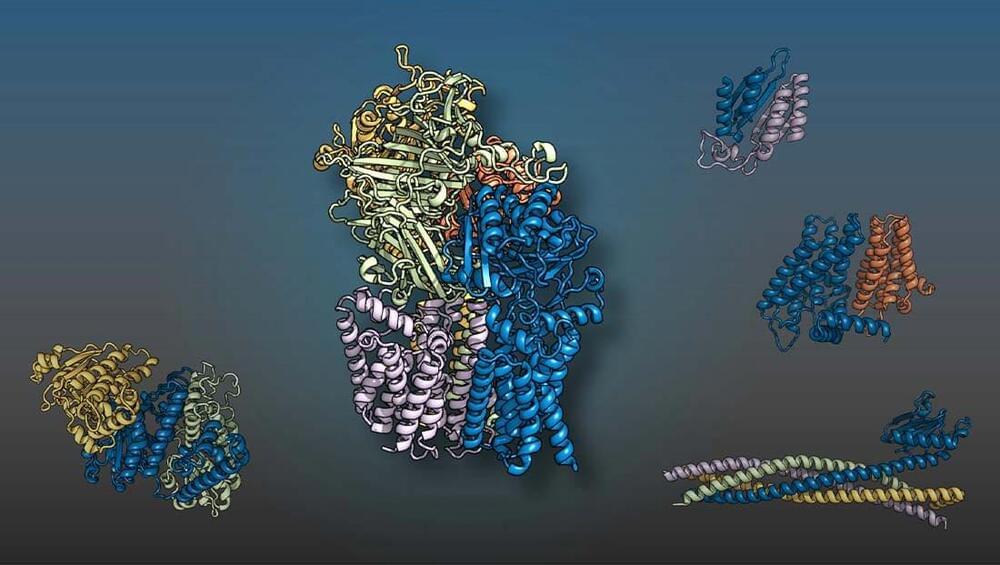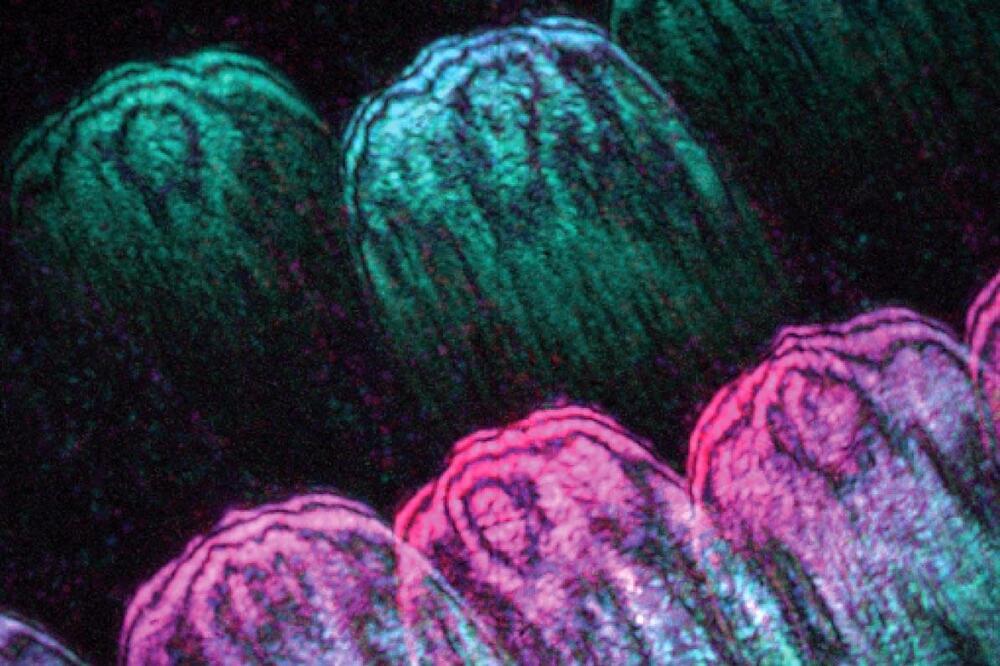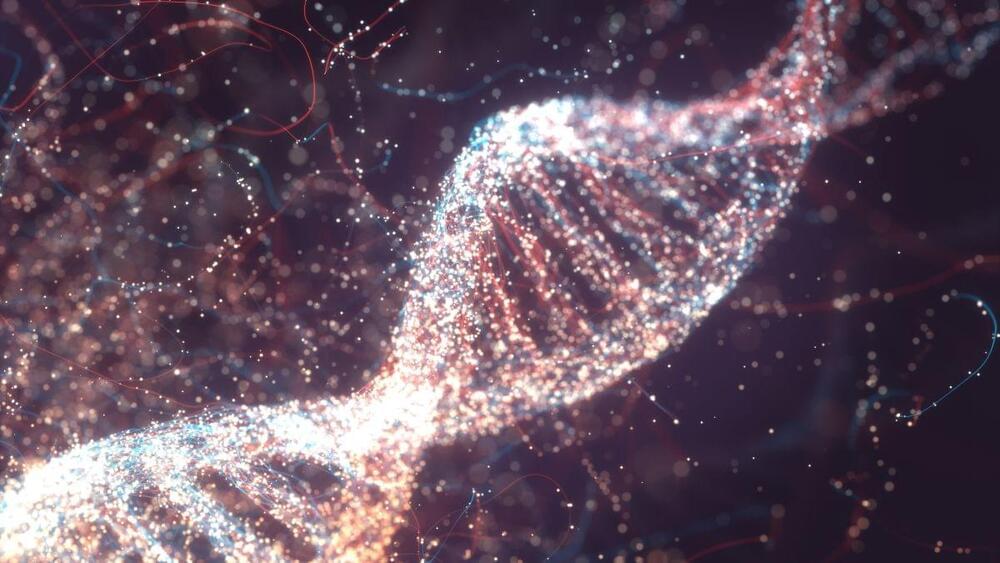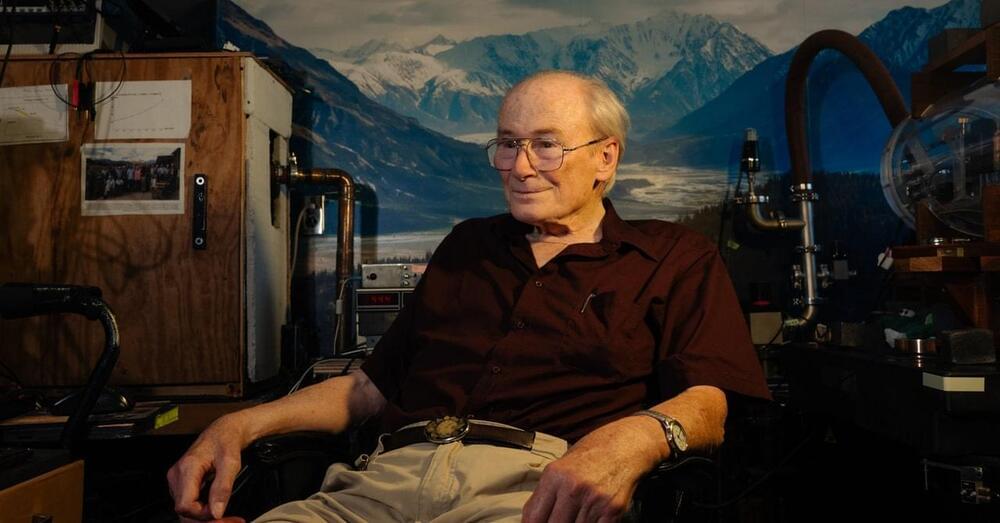A rare 54-page manuscript featuring preliminary calculations for Albert Einstein’s general theory of relativity sold for about $13 million at auction in Paris Tuesday to an unknown buyer — almost four times more than expected.
It was originally anticipated to fetch $3.5 million.
Auction house Christie’s declined to identify the winning bidder to NBC News.
The papers contain handwritten notes by Einstein and his longtime friend and collaborator Michele Besso from between 1913 and 1914, a year before he shared his theory publicly.
The notations are mostly written in ink, with some in pencil by Besso, and aside from a few tears and other defects the pages are in “fine condition for a working scientific manuscript,” according to Christie’s.
Einstein did not typically preserve his early drafts, and it was Besso who saved the 54 pages.
Einstein’s scientific autographs from the pre-1919 era are rare, and the papers are one of only two surviving manuscripts documenting the early stages of his general theory of relativity, Christie’s said.

